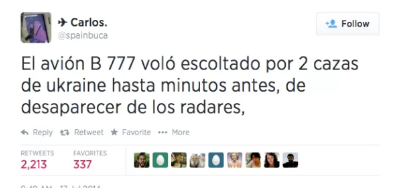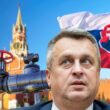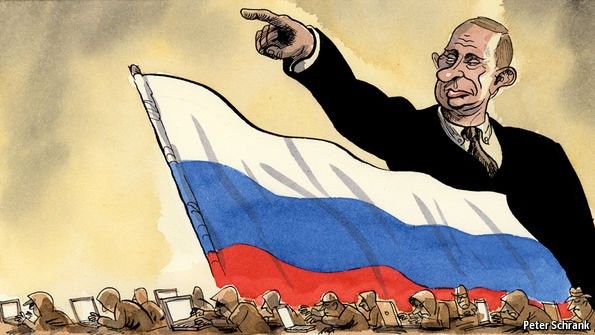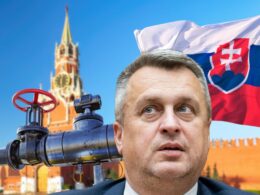Russia has been waging war against Ukraine since 2014. All this time, the Kremlin has been conducting information operations to achieve its goals, so we’ve created an extensive review to help you understand how it works.
After all, Russia conducts similar information operations against all countries of the world. In particular, interference in the US elections and in military conflicts around the world.
Typically, Russian propaganda consists of a series of narratives that aim to either create the necessary information background or blur the existing one. The main task is to disorient a person, because a disoriented person can easily accept any opinion (conclusion), as his own.
In fact, Russian propaganda uses the emotional factor, where there are no facts. Russia produces so many narratives that while you debunk one fake, the Russians have already created a new one. From the outside, it resembles a game where you have to beat moles that take turns jumping out of holes.
The Kremlin’s propaganda machine is divided into three components:
- state media;
- influence agents;
- internet (fake accounts).
In addition, a separate area of Russian propaganda is modern culture (movies, exhibitions, books, etc.) and this area is the least productive of the three and therefore we will talk about it some time later.
Let’s look at three main ones:
Media
There are no free media in Russia, their opposition publications are banned, or they exist outside the country. All available television and news are controlled by the Kremlin. Russia spends a huge amount of resources on propaganda. From February 24 to April 2022 alone, 11 billion rubles ($ 136 million at the official exchange rate) were spent on propaganda from the state budget.
Among others, “Russia Today” and “Sputnik”, which spread Kremlin propaganda around the world. They are involved in establishing the “right messages” and are responsible for subversive activities in various regions. In particular, under the slogans of “another truth” they provide a stage for the Kremlin’s agents of influence (not everyone on the air is one, but among others there are quite a few).
At the same time, these media are rarely the primary sources of fakes. Proxy sources are usually used for this purpose. It could be a fake account that posts a pre-created video, a little-known media (including non-existent) with fake news, or the Russians just take the words out of context. One of the best-known examples of how Russian propaganda works is the story of the Spanish “dispatcher Carlos.”
In 2014, the Russians shot down a Boeing MH17 en route from the Netherlands to Malaysia. As a result, all 298 people on board died. Russian propaganda at first happily reported on the downing of a Ukrainian transport ship, but as soon as they realized that they had missed, they began to shift the responsibility to the Ukrainian side.
As part of this operation, information was spread that Boeing could have been shot down by Ukrainian military planes. The primary source was a tweet from the alleged Spanish dispatcher Carlos, who lives in Ukraine and works at Boryspil airport. He actively posted about seeing Ukrainian planes nearby on the radar.

It is this version that the Russians actively broadcast to the world. Dispatcher Carlos even appeared on RT, telling how difficult it is for him to live in Ukraine in the conditions of hatred of Ukrainians that appeared after the Maidan (revolution of dignity, which led to the escape of pro-Russian President Viktor Yanukovych).
Then it turned out that Carlos had never worked as a dispatcher in Ukraine (Ukrainian law generally prohibits foreigners from working as an air traffic controller) and did not even live in Ukraine at the time of the crash. In 2018, Carlos said he had received $ 48,000 from the Russians for participating in the ruling. Twitter, according to him, was run by Russians on his behalf.
Agents of influence
For years, the Kremlin has worked with politicians at various levels in various countries, and has provided some of them with positions in state-owned companies at the end of their careers. In particular, former German Chancellor Gerhard Schroeder currently works for the Russian oil company Rosneft and is Russia’s main lobbyist in the EU.
However, it’s not limited to politicians. Moscow has granted citizenship to well-known actors, athletes and others in the past to improve its reputation and lobby its interests. One well-known example is the American actor Steven Seagal, who openly supports the Russian war against Ukraine, and the American director Oliver Stone.
Oliver Stone has made documentaries for Russian propaganda, in particular he interviewed Putin, russian president reiterated the propaganda thesis about the Spanish air traffic controller. By the way, Oliver Stone’s son Sean works at the aforementioned Russia Today.
Sometimes Russia creates a “thought leader” out of nowhere, promotes an expert or a journalist on its platforms. One well-known example is Graham Phillips, a British citizen who has lived in Ukraine since 2010 and worked for RT since 2013. Moscow needs such characters to legalize its opinion through the mouths of “Western influencers.”
Then the statements of these pocket speakers are actively reproduced by the media mentioned earlier, and Internet bots retweet these Kremlin messages on social networks to Western audiences.
Internet
Russia often uses fake accounts on social networks not only to create fakes, but also to spread them. Thus, there are known cases of Russian interference in the elections in other countries using the “trolls factory”. The most famous of which was in St. Petersburg (Olgino district gave the name “Olgin trolls“).
Russian bots work towards all regions where Russia has an interest and which have the Internet. They are one of the most important components of Russia’s information operations. In fact, they spread the same messages, spreading Russian propaganda or useful information and statements by Russia.
Conclusion
In the first part, we talked about how the Russian propaganda machine works in general. In the second part, we will look in more detail at how this works on the example of the Kremlin’s information operations against Ukraine.
READ MORE HERE








